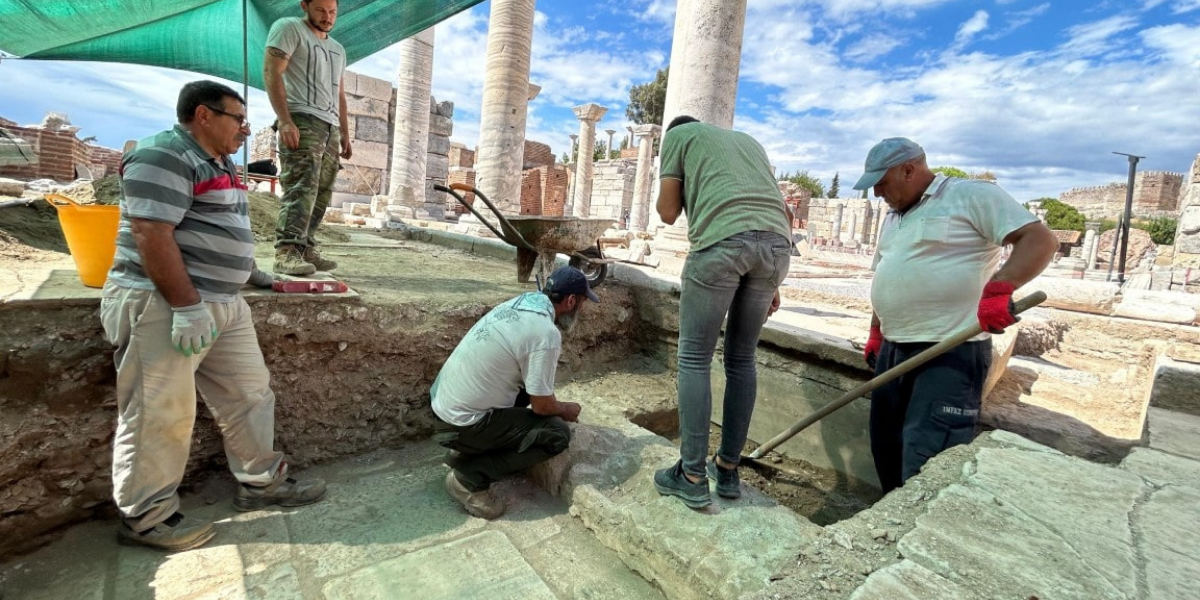
2300-year-old sarcophagus of Roman gladiator Euphrates discovered
During the excavations of Ayasuluk Tepe and St. Jean Monument in Selçuk district of Izmir, a sarcophagus, which is thought to belong to ‘Roman gladiator Euphrates’ in the 3rd century BC, was discovered.
It was determined that the 2300-year-old sarcophagus was reused in the 5th century AD and 12 skeletons were placed inside.
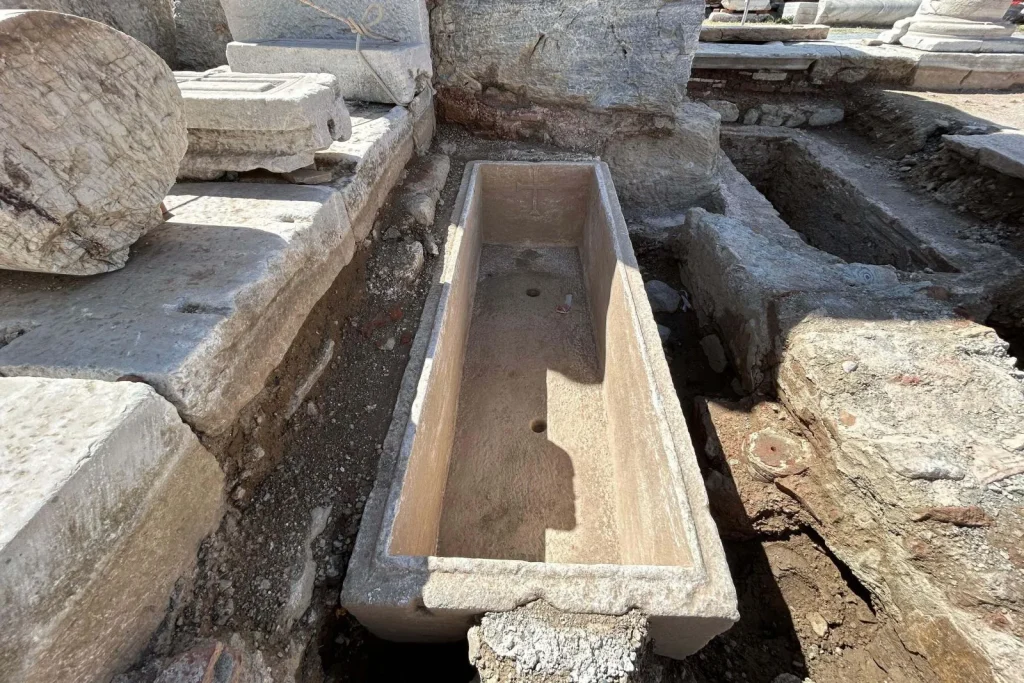
Ayasuluk Tepe and St. Jean Monument excavations continue under the presidency of Assoc. Prof. Dr. Sinan Mimaroğlu, Faculty Member of Hatay Mustafa Kemal University Art History Department.
Assoc. Prof. Dr. Ertan Yıldız conducted an epigraphic study and determined that the sarcophagus belonged to a Roman gladiator named ‘Euphrates’.
There are epic inscriptions on the sarcophagus and 3 cross reliefs on the inside, which were reworked in the 5th century AD.
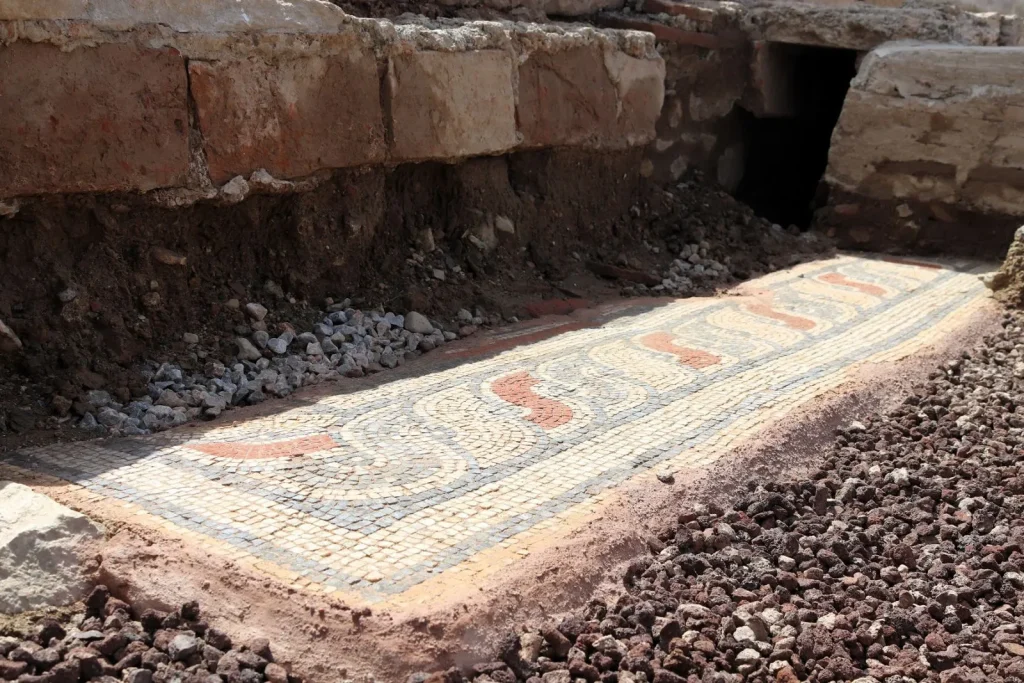
The sarcophagus was found only 20 centimeters below the soil, along with a water channel, a clay water pipe and mosaics. Three sarcophagus-shaped knitted tombs were also unearthed in the area.
Assoc. Prof. Dr. Mimaroğlu said, “The sarcophagus belongs to the Roman period. There is a very beautiful epic inscription on it. It belongs to a Roman gladiator. During the Christian period, three crosses were embossed on the inside and reused.”
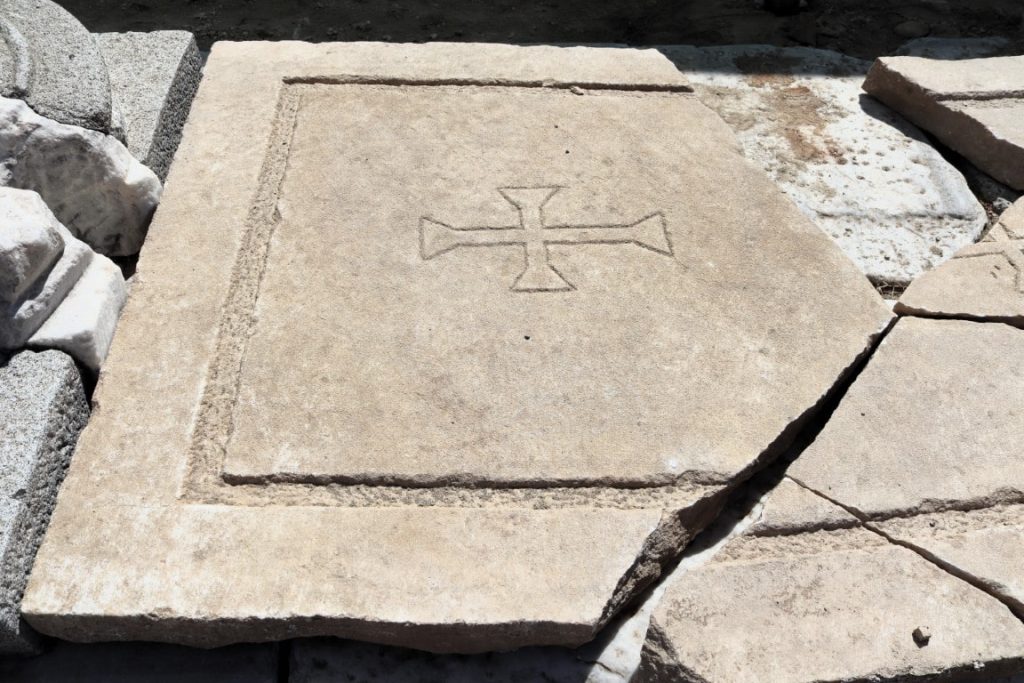
The church where the sarcophagus is located was a small tomb structure when it was first built, then it was converted into a basilica with a wooden roof and then into a church with a domed pilgrimage plan during the time of Justinian I.
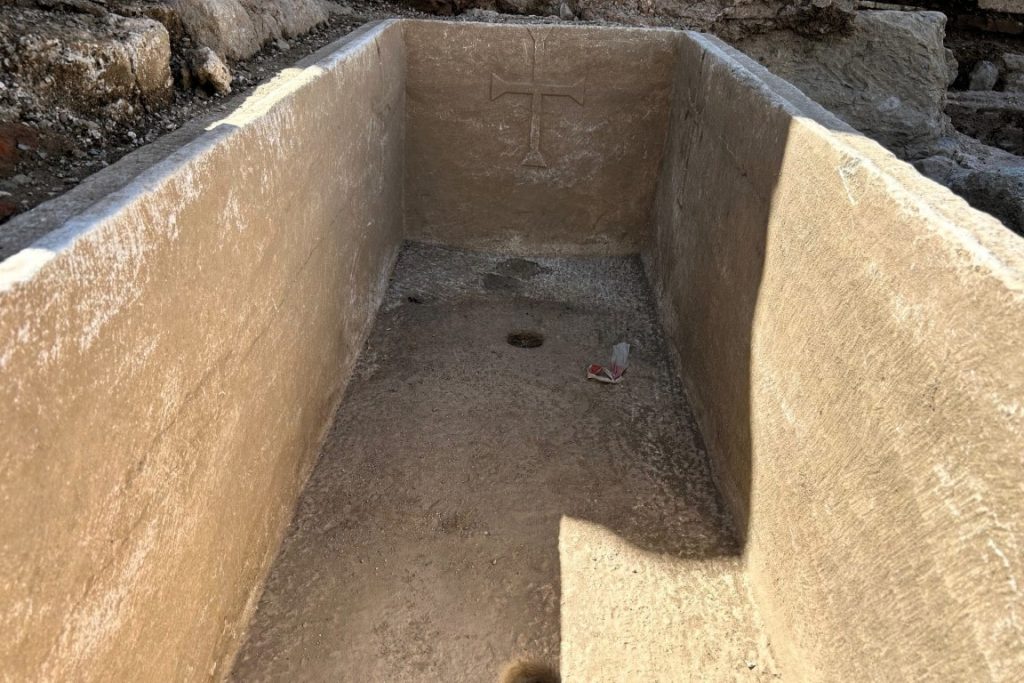
Mimaroğlu said, “Burials in churches should be places where especially the upper class or people we would call the clergy are placed. Because it is unthinkable for a normal person to be placed in an elaborate grave inside a church, especially in the cross arm.”
“We have data that it was the first Ephesus”
Stating that there is data indicating that the area was the first Ephesus from the early periods, Mimaroğlu continued his words as follows:
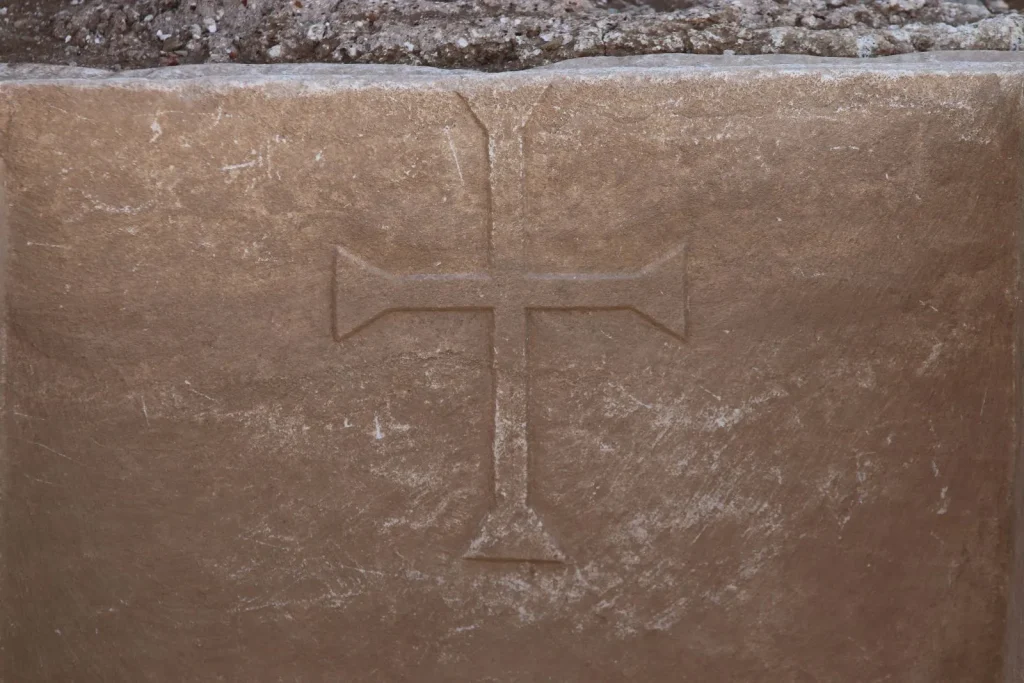
“We have ceramics from the second millennium BC, the Early, Middle and Late Bronze Ages. We carried out this year’s excavations in the Church of St. John in the South Cross branch. The first excavations of the church were started in 1921-1922 by Greek Archaeologist Soteriou. Since 2020, it continues under my presidency.”
You may also like
- A 1700-year-old statue of Pan unearthed during the excavations at Polyeuktos in İstanbul
- The granary was found in the ancient city of Sebaste, founded by the first Roman emperor Augustus
- Donalar Kale Kapı Rock Tomb or Donalar Rock Tomb
- Theater emerges as works continue in ancient city of Perinthos
- Urartian King Argishti’s bronze shield revealed the name of an unknown country
- The religious center of Lycia, the ancient city of Letoon
- Who were the Luwians?
- A new study brings a fresh perspective on the Anatolian origin of the Indo-European languages
- Perhaps the oldest thermal treatment center in the world, which has been in continuous use for 2000 years -Basilica Therma Roman Bath or King’s Daughter-
- The largest synagogue of the ancient world, located in the ancient city of Sardis, is being restored











Leave a Reply